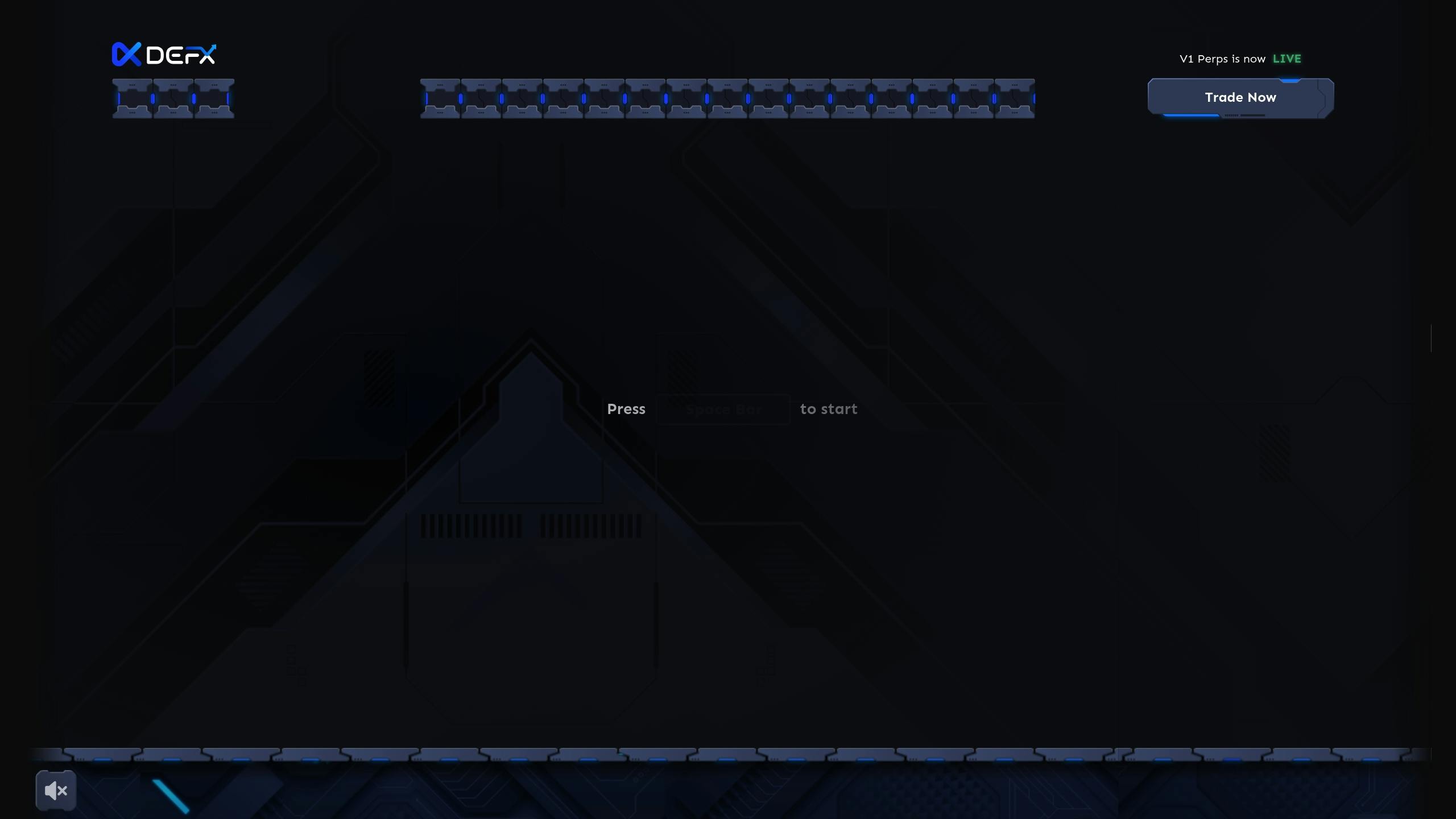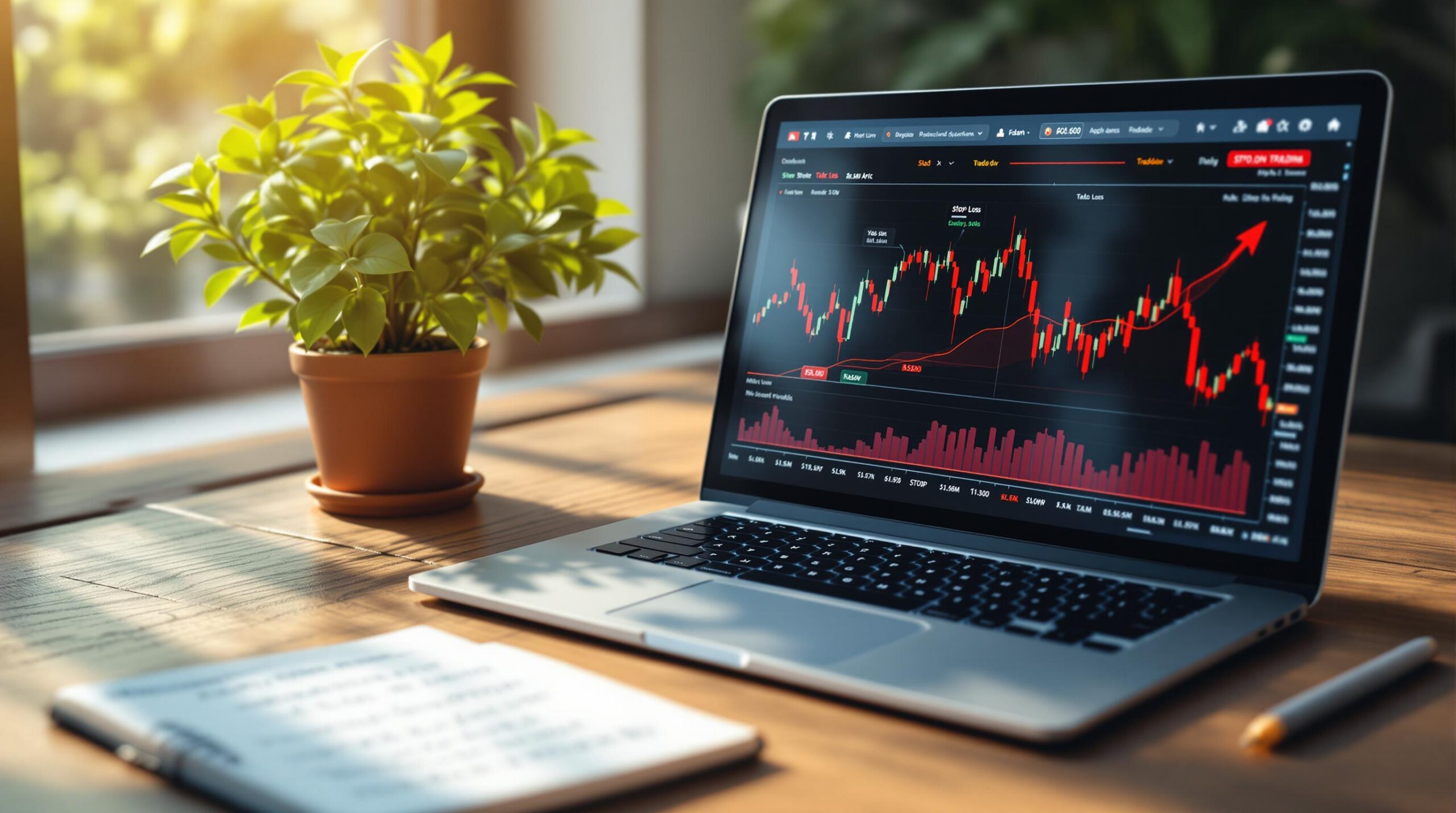Stop-loss and take-profit orders are essential for managing risk in trading. A stop-loss minimizes losses by selling an asset when its price drops to a set level, while a take-profit secures gains by selling at a target price. These tools help traders handle market volatility, especially in crypto markets, where prices can swing dramatically.
Key points to remember:
- Stop-Loss: Limits losses by triggering a sell below the entry price.
- Take-Profit: Locks in profits by selling above the entry price.
- Risk-Reward Ratio: Aim for at least 1:2 to maintain profitability.
- Position Sizing: Limit risk to 1%-2% of trading capital per trade.
- Use technical analysis (e.g., ATR, support/resistance levels) to set effective SL and TP levels.
For better results, avoid emotional trading pitfalls like FOMO or panic selling. Decentralized exchanges (DEXs) also offer advanced tools for automated risk management, ensuring reliable execution even in volatile markets.
Setting Effective Stop-Loss and Take-Profit Levels
Percentage-Based Stop-Loss Rules
Using percentage-based rules is a straightforward way to manage risk. For instance, many traders stick to risking 2% of their trading capital per position. If your account is worth $50,000, this means the most you should risk on a single trade is $1,000.
| Account Size | Risk Rule | Maximum Risk per Trade |
|---|---|---|
| $10,000 | 1% | $100 |
| $50,000 | 2% | $1,000 |
| $100,000 | 3% | $3,000 |
The key is to adjust your position size so that your risk remains consistent across all trades. Once you’ve applied this rule, use technical analysis to fine-tune where to place your stop-loss and take-profit orders.
Technical Analysis for Order Placement
Technical indicators can help you decide where to set stop-loss levels. A popular tool is the Average True Range (ATR), which measures market volatility. For example, if Bitcoin’s ATR is $1,000, you might place your stop-loss 2–3 times that amount below your entry price.
Other important technical factors include:
- Support and Resistance: For long positions, place stop-loss orders just below key support levels. For example, if Bitcoin is trading at $35,000 and support is at $34,000, setting a stop-loss at $33,800 provides a cushion.
- Moving Averages: Use dynamic indicators like the 50-day or 200-day moving averages as guides for stop-loss placement, especially in trending markets.
- Bollinger Bands: The lower band can help determine stop-loss levels for long positions, while the upper band can serve as a take-profit target.
These tools help you create a structured approach to balancing risk and reward.
Risk-Reward Ratio Guidelines
A solid risk-reward ratio is critical for managing trades in volatile markets. A 1:2 ratio, where potential profit is at least double the potential loss, is a good starting point. According to a CryptoQuant study from January 2024, traders who used a 1:2 risk-reward ratio with take-profit orders set at 4% above the entry price boosted their profitability by 28%.
For instance, if you enter a trade at $2,000, you could set a stop-loss at $1,900 (5% risk) and a take-profit at $2,200 to maintain a 1:2 ratio.
Market conditions should guide your choice of ratio. In strong trends, higher ratios like 1:3 or 1:4 may work better, while in range-bound markets, tighter ratios such as 1:1.5 might be more effective. Adjusting your position size ensures consistent risk regardless of the market environment.
Stop-Loss and Take-Profit Mistakes to Avoid
Emotional Trading Pitfalls
Emotional trading is a major obstacle to effective risk management in crypto trading. Studies reveal that 95% of crypto traders lose money, often due to poor risk management practices[5]. The constant activity of 24/7 crypto markets can lead to decision fatigue, causing traders to make impulsive decisions.
Here are some common emotional traps and how to avoid them:
| Emotional Trap | Impact | How to Avoid |
|---|---|---|
| FOMO | Removing stop-losses during rallies | Use automated orders and stick to your plan |
| Panic Selling | Prematurely triggering stop-losses | Base decisions on technical indicators like ATR |
| Greed | Setting unrealistic take-profit levels | Use a tiered profit-taking approach |
| Revenge Trading | Ignoring stop-losses after losses | Take breaks to reassess your strategy |
By steering clear of these emotional pitfalls, traders can handle market swings more effectively. Crypto’s volatility demands additional care when placing orders.
Crypto Market Volatility Errors
Volatility in crypto markets can make stop-loss and take-profit strategies tricky. For instance, traders who set overly tight stop-losses may find themselves missing out on recoveries after flash crashes.
To manage volatility better:
- Set stop-loss ranges between 5–15%, depending on the market’s volatility[2].
- Use trailing stops to lock in profits while allowing for natural market fluctuations[1].
- Leverage tools like the Average True Range (ATR) indicator to adjust stop-loss levels dynamically[2].
Volatility becomes even more challenging when leverage is involved.
Leverage Risk Management
High leverage amplifies risks. For example, at 100x leverage, even a 1% price movement can lead to liquidation[2]. To handle leverage more responsibly:
- Place stop-losses above the exchange’s liquidation threshold[3].
- Use guaranteed stop-loss orders (if available) to reduce the impact of slippage[2].
- Adopt a tiered take-profit strategy to lock in gains incrementally[1].
sbb-itb-dd9e24a
DEX Platforms for Stop-Loss and Take-Profit Orders
DEX Risk Management Features
Decentralized exchanges (DEXs) offer improved risk management by combining non-custodial trading with automated order execution. Currently, DEXs account for 16.5% of spot trading volume, a sign of growing trust in these on-chain systems driven by smart contracts[7].
Smart contracts play a key role by constantly monitoring price feeds via oracles. They execute orders around the clock, even if the DEX interface becomes unavailable[5].
| Feature | Benefit | Implementation |
|---|---|---|
| Smart Contract Automation | Continuous order execution | Automated triggers based on price feeds |
| Non-custodial Trading | Direct control of funds | Self-custody through connected wallets |
| On-chain Settlement | Transparent and verifiable | Transactions recorded on the blockchain |
| Oracle Price Feeds | Reduced manipulation risk | Data sourced from multiple providers |
When using stop-loss and take-profit orders on DEXs, traders must weigh technical factors. Issues like network congestion can slow execution, while high gas fees during volatile periods can impact profits[6]. To navigate these challenges, traders can:
- Use wider stop-loss margins to prevent premature execution.
- Focus on trading on networks with lower fees.
- Monitor multiple price feeds for accuracy.
- Test orders with small amounts before committing larger funds.
These features form the foundation of platforms like Defx, which exemplify advanced risk management strategies.
Case Study: Stop-Loss and Take-Profit on Defx Perps DEX

Defx Perps DEX is a standout example of how DEXs implement stop-loss and take-profit features effectively. The platform supports both isolated and cross-margin trading, enabling users to manage risk at both individual position and portfolio levels. Its high-throughput order matching system ensures reliable execution, even during market volatility. Traders can leverage up to 50x while maintaining full control of their funds.
Here are some key risk management features offered by Defx:
-
Isolated Margin Trading
This feature helps limit losses to individual positions by separating collateral, reducing the risk of cascading liquidations. -
Advanced Order Types
Defx supports conditional orders with multiple triggers, allowing traders to use strategies like trailing stop-losses for more flexibility. -
Pre-launch Markets
The platform offers pre-launch trading for new tokens, enabling early risk management. However, limited liquidity in these markets requires careful consideration.
Defx also integrates Ethereum and Solana networks, which helps traders balance transaction costs and execution speed, further enhancing leverage risk management.
"Smart contract-based stop-loss and take-profit orders on DEXs can be executed even if the DEX interface is down, providing additional reliability"[5]
This reliability is becoming increasingly crucial as decentralized finance (DeFi) protocols now hold over $40 billion in total value locked (TVL)[4], showcasing the growing confidence in decentralized risk management tools.
Where To Place Stop Loss & Take Profit Trading Crypto
Conclusion: Effective Stop-Loss and Take-Profit Implementation
Successful crypto trading requires discipline, especially when setting stop-loss and take-profit levels. Studies suggest that using at least a 1:2 risk-reward ratio and limiting losses to 1% per trade can improve long-term performance [8].
Rely on technical analysis – such as support and resistance levels and volatility indicators – to place orders accurately and reduce the chances of exiting trades too soon [1][4]. These methods align well with advancements in decentralized exchange (DEX) platforms.
DEX platforms enhance risk management by offering automated order execution and non-custodial systems, which are particularly useful for leveraged trading [9].
Here’s an overview of key strategies:
| Strategy Component | Implementation Guide | Key Benefit |
|---|---|---|
| Position Sizing | Limit risk to 1% per trade | Protects trading capital |
| Order Placement | Base on technical levels with a buffer | Prevents early exits |
| Risk-Reward Ratio | Aim for at least 1:2, ideally 1:3 | Profitable even with fewer wins |
| Order Management | Regularly review and adjust orders | Aligns with market changes |
